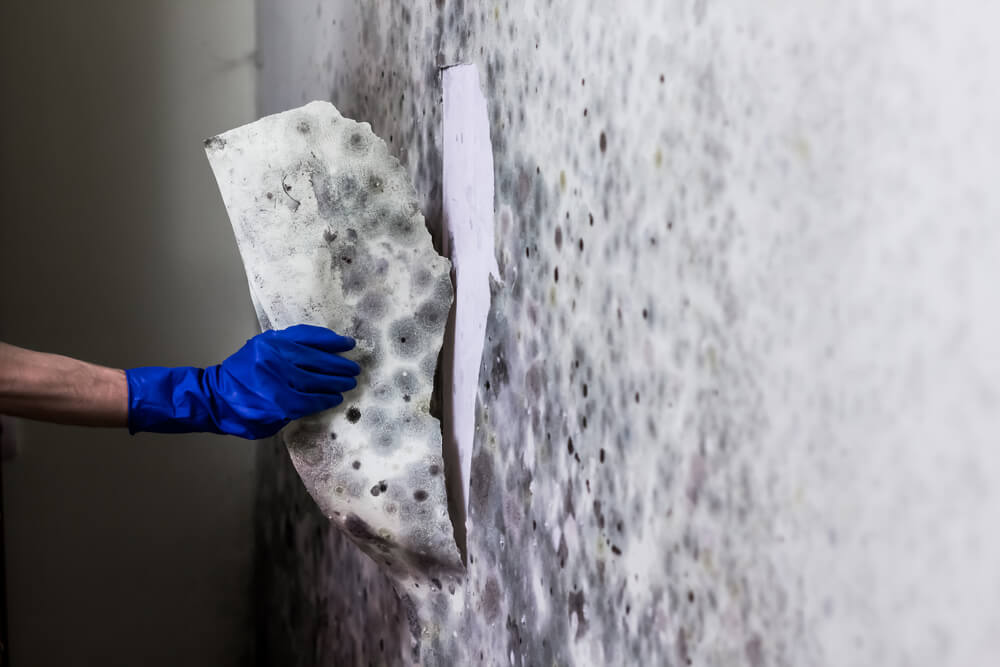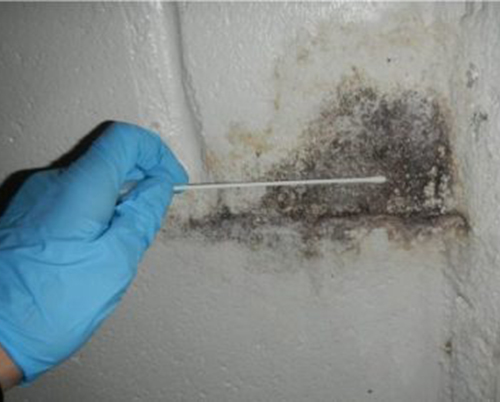Reliable Post Mold Remediation Cleaning Protocols
Wiki Article
Specialist Tips for Message Mold And Mildew Removal Success
In the realm of mold removal, effectively getting rid of mold and mildew is just half the fight; the true challenge depends on avoiding its reappearance. Post-remediation initiatives play an essential function in making sure a mold-free atmosphere in the long-term. By adhering to professional suggestions and ideal techniques, individuals can secure their areas versus mold revival and maintain a healthy and balanced interior atmosphere. It is in this phase of the remediation procedure that focus to information and positive measures truly make a distinction.
Display Humidity Degrees Routinely
After completing mold and mildew remediation treatments, maintaining optimal humidity degrees is important to stop mold and mildew re-growth and make certain a healthy and balanced interior atmosphere. High humidity levels over 60% develop a conducive environment for mold and mildew to flourish, making routine monitoring a proactive step to prevent any kind of future mold and mildew problems.Using hygrometers or wetness meters can help in precisely determining humidity levels in various areas of the property. These tools offer real-time information that makes it possible for removal professionals to make informed decisions concerning air flow, dehumidification, and other essential actions to keep perfect humidity levels post-remediation. Additionally, developing a routine timetable for moisture checks, specifically in high-risk locations such as bathrooms, cooking areas, and cellars, is a proactive method to mold prevention. By consistently keeping an eye on humidity degrees, homeowner can efficiently alleviate the danger of mold and mildew reoccurrence and maintain a healthy indoor setting post-remediation.
Conduct Thorough Inspections Post-Remediation
Complying with the conclusion of mold remediation procedures, it is imperative to conduct comprehensive evaluations to validate the efficiency of the remediation procedure. These post-remediation evaluations are crucial in making sure that the mold issue has actually been effectively addressed which there is no reoccurrence or continuing to be mold and mildew growth. Assessments must be lugged out by certified professionals who have experience in determining mold and mildew and evaluating interior air high quality.During these assessments, numerous methods such as visual assessments, air sampling, and surface sampling may be utilized to extensively review the remediated locations. Visual evaluations entail an in-depth examination of the facilities to examine for any type of visible indications of mold growth or water damage. Air tasting aids in determining the airborne mold spore degrees, while surface sampling can find mold fragments on surfaces.
Implement Correct Ventilation Approaches
After guaranteeing the efficiency of the mold and mildew remediation process through complete examinations, the next crucial step is to focus on carrying out proper air flow methods. Appropriate ventilation is essential in avoiding mold and mildew reoccurrence by controlling wetness degrees and promoting air circulation.
Correct air flow not only help in preventing mold and mildew growth however also adds to the general health and wellness and convenience of passengers. By making certain sufficient ventilation throughout the residential property, you can lower the danger of mold regrowth and develop a healthier living setting. Regular maintenance of ventilation systems, including cleansing and filter substitutes, is important to maintaining reliable ventilation. Consulting with heating and cooling experts can supply additional insights into enhancing air flow techniques for your details residential property needs.

Use Mold-Resistant Products for Fixes
To enhance the long-term performance of mold and mildew remediation efforts, including mold-resistant materials for repair services is crucial in alleviating the threat of future mold development. Mold-resistant materials are developed to stand up to moisture and hinder mold development, making them an important choice for areas prone to dampness and humidity. When fixing locations impacted by mold and mildew, using products such as mold-resistant drywall, mold-resistant paints, and mold-resistant caulking can aid protect against mold recurrence.Mold-resistant drywall is a superb option to conventional drywall in locations like cellars and washrooms where moisture levels are greater. When subjected to damp conditions, this kind of drywall has a special finishing that resists mold and mildew development even. Furthermore, using mold-resistant paints consisting of antimicrobial agents can further prevent mold and mildew development on ceilings and wall surfaces.
In locations where wetness prevails, such as kitchen areas and shower rooms, utilizing mold-resistant caulking around tubs, windows, and sinks can aid seal out visit water and protect against mold and mildew from holding in fractures and holes. By spending in these mold-resistant products throughout repair services post-remediation, you can dramatically minimize the likelihood of future mold issues and keep a healthier indoor atmosphere.
Maintain Cleanliness and Address Water Issues
Guaranteeing sanitation and quickly resolving water issues are basic practices to maintain in safeguarding indoor spaces from mold and mildew reinfestation. After mold remediation, it is vital to keep a tidy atmosphere to stop the regrowth of mold and mildew (Post Remediation verification). Regular cleansing, dusting, and vacuuming can aid remove any remaining mold spores and avoid them from proliferating and clearing up. click here for info In addition, keeping interior rooms dry and dealing with any water concerns quickly is vital in mold and mildew avoidance. Leaks, water intrusion, or high moisture levels can create the ideal reproduction ground for mold and mildew, so it is crucial to repair any type of water-related issues right away.To maintain tidiness, think about making use of HEPA filters in vacuums and air purifiers to catch mold and mildew spores and avoid their circulation in the air. Moreover, making sure appropriate ventilation in locations prone to moisture buildup, such as kitchen areas and restrooms, can assist keep moisture levels in check. By staying watchful concerning tidiness and resolving water issues promptly, you can properly protect against mold and mildew reinfestation and keep a healthy and balanced interior environment.
Conclusion

In the world of mold removal, efficiently eradicating mold is only half the fight; the true challenge lies in avoiding its reappearance. After completing mold removal treatments, preserving ideal humidity levels is crucial try this out to prevent mold re-growth and ensure a healthy and balanced indoor environment. High humidity degrees over 60% produce a helpful atmosphere for mold and mildew to thrive, making regular monitoring an aggressive step to prevent any kind of future mold and mildew concerns.
To improve the long-term effectiveness of mold and mildew removal efforts, integrating mold-resistant materials for repair work is vital in reducing the danger of future mold growth. After mold removal, it is crucial to keep a clean environment to avoid the regrowth of mold and mildew.
Report this wiki page